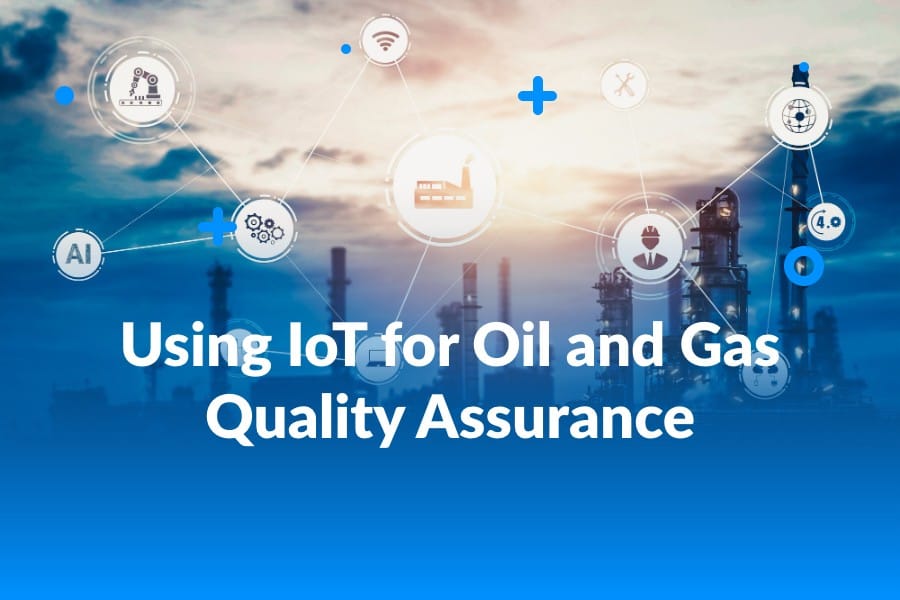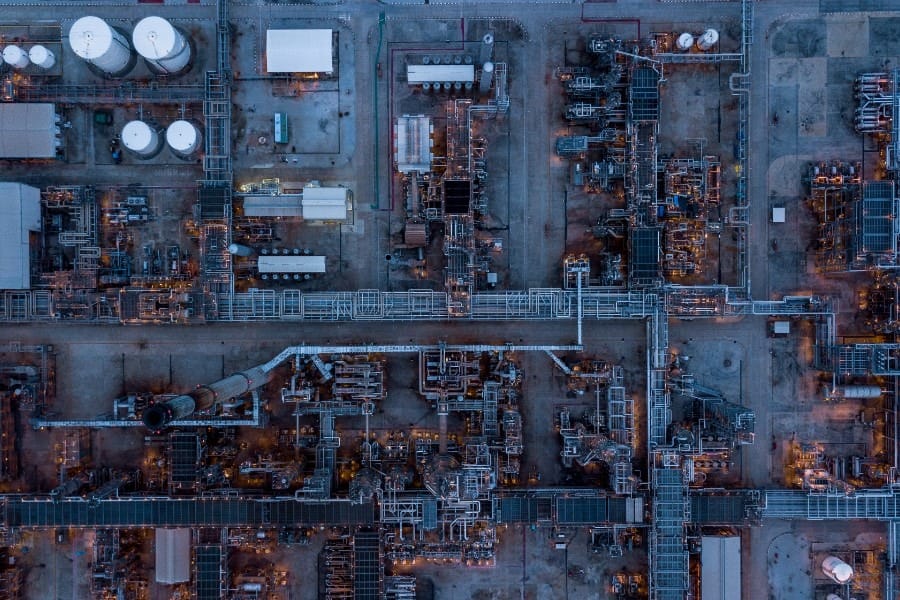Using Internet of Things for Oil and Gas Quality Assurance

Businesses within the oil and gas industry are constantly looking for new ways to improve production, capacity, and effectiveness. With the introduction of various mobile and smart devices capable of making traditional and strenuous tasks much more accessible and efficient, companies began implementing the Internet of Things (IoT) in their daily operations.
What is the IoT? The merger of digital technology and physical device or objects made with sensors or other technology connected to the internet. They can collect and exchange data over a network, communicating in real time without human interaction or interference. Individuals have used these devices for various purposes, including domestic/household, like in light bulbs, cars, and kitchenware. Companies have used them for industrial purposes to make production, manufacturing, or distribution easier in machinery, robots, and vehicles.
Also read: How Tech Can Help the Oil & Gas Industry

For What Do Oil & Gas Companies Use IoT?
- Asset Tracking & Management
Companies use IoT to monitor all their sites or plants simultaneously and in real-time. They also track the productivity of each site, monitor site breakdowns, track shipments, etc.
- Health Safety & Hazard Management
Other companies use IoT to monitor the safety of the operating environment. This method can assist in resolving doubts about workers’ safety as sensors detect issues immediately as they arise and, in some cases, provide warnings to prevent mishaps that can be costly to the company.

- Regulation Compliance
Operation Managers can monitor whether everyone follows the company’s protocols and procedures and whether production standards are consistent with the company’s.
- Data Management
Data is essential to the daily operations of oil and gas companies. They use the insights from data to function and make necessary adjustments to their processes. IoT helps to organize, store and monitor the data to enable smoother communication and management.

Benefits of the Internet of Things
- Improved Productivity & Reduced Human Labor
Increasing the output in a business is essential to productivity. Many daily oil and gas operations tasks no longer need human interaction, thanks to IoT, which allows devices to complete tasks based on set criteria and instructions. IoT solutions enable companies to automate many of their daily processes, whether upstream, midstream, or downstream, which allows human employees to concentrate on more complex tasks that require human input.
- Saves Time
Programmed devices can operate for hours unattended and complete tasks more quickly as they won’t take breaks due to physical exertion. They have a higher accuracy level, make fewer mistakes, and require fewer corrections. These and other factors mean a team can spend less time on a specific task and more time on others, which can speed up daily operations.

- Improved Safety
Many IoTs have sensors and systems that monitor the state of equipment and the environment around them. This allows the devices to detect when equipment needs maintenance or repairs or when there are hazards and risks, like gas leaks, oil spills, or toxic gasses. They even monitor the work environment to assess whether they are fit for humans to work comfortably and safely, making it easier for companies to monitor plant and human safety.
Along with equipment issues, IoT devices can help reduce human employee errors. Equipment can detect problems and mistakes that could go unnoticed and result in equipment damage, operation interruption, or employee injury.
- Improved Supply Management.
These devices facilitate real-time inventory management and improve supply management practices. Companies in oil and gas have used IoT to track barrel location and storage, stock/inventory levels, and monitor crude oil blending. This helps with efficient supply planning, organization, scheduling, and optimization.
IoT continues to increase and improve productivity for oil and gas companies across the globe now, and we know it will do even more in the foreseeable future.



